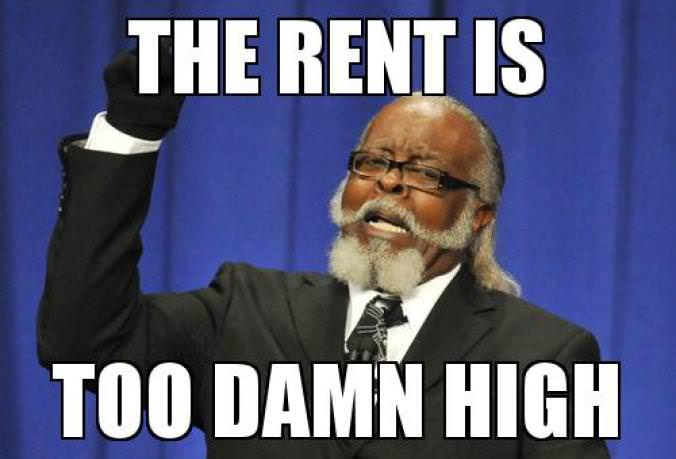Inflation slows to 5% in March, a nearly 2-year low, but core consumer price gains accelerate

The article I chose is about inflation and disinflation. https://www.usatoday.com/story/money/economy/2023/04/12/cpi-inflation-data-today-live-updates/11607115002/?utm_source=ground.news&utm_medium=referral
What is the historical story being told by this media message?
The historical story being told by this media message is the battle against inflation. I grew up during the time of 1970 to 1980s stagflation and the narrative was constantly that inflation was the hidden tax, this was the time when supply side economics won the philosophical economic debate. The FED has blamed inflation on labor, the tight labor market, and the push for rising wages.
What is the counter story? Whose history is intentionally left out of the message or undermined by the current message? Who benefits from the historical perspective? Who loses?
The history intentionally being left out of the message is that many corporations are seeing record profit margins. So they are raising their prices and crying inflation while at the same time booking record profit margins. We also aren't discussing the rising cost of energy as a result of OPEC reducing production. We also aren't talking about the short and medium-term effects of the Chinese lockdown and then the ending of that lockdown leading to a serious outbreak of covid in China.
The counter story is that we should not be looking to the Fed as the only tool to curb inflation. The Keynesian policy prescription would be to raise taxes to reduce inflation. However, this narrative doesn't win elections and is intentionally being left out. The supply side argument would be to increase aggregate Supply thus reducing price level and increasing production. Joe Biden's huge infrastructure plan would exactly tackle the issues of short run and long run aggregate supply issues within the United States through interventionist supply side economic policies, But this legislature and the Republican Party do not want to give Biden a win on anything even if it would be better for the United States economy. And while increasing government spending goes against Keynesian policy prescriptions to reduce inflation, increasing infrastructure would benefit the US economy in the long run and drive down long run aggregate suuply.
The beneficiaries of this historical perspective to reduce inflation by looking to the Federal Reserve are bondholders. also, those with high incomes would also benefit from not being taxed at a higher marginal progressive rate or increasing the number of marginal progressive brackets. The losers in this perspective are the middle and lower class US Americans who would benefit from more hard and soft infrastructure.
How is violence conveyed in this message? What counts as violence?
The current rising inflation is a form of structural violence as it disproportionately affects poor, disadvantaged, and marginalized groups. The current rate of inflation is 6% and using the rule of 72 that means that prices will double in roughly 12 years. Without at least a cost of living adjustment, this rate of inflation will have highly negative material effects on people with fixed income but as well on people with low to middle salaries and wages. The article states “over the past two years, the US median rent Rose 18%." Renters tend to be people who are poorer than homeowners. as such, rising rent prices greatly affect poor people. The article also states that rent continued to be the biggest driver of inflation. However, unlike classical violence which everyone understands, far fewer people understand structural violence and how classical violence is often rooted in the structural violence. With regards to home ownership and race, White home ownership is the highest followed by Asian American, Latino, and African American home ownership respectively. This means that asians, latinos, and African Americans are a higher percentage of renters and will thus be disproportionately affected by rising rent prices.